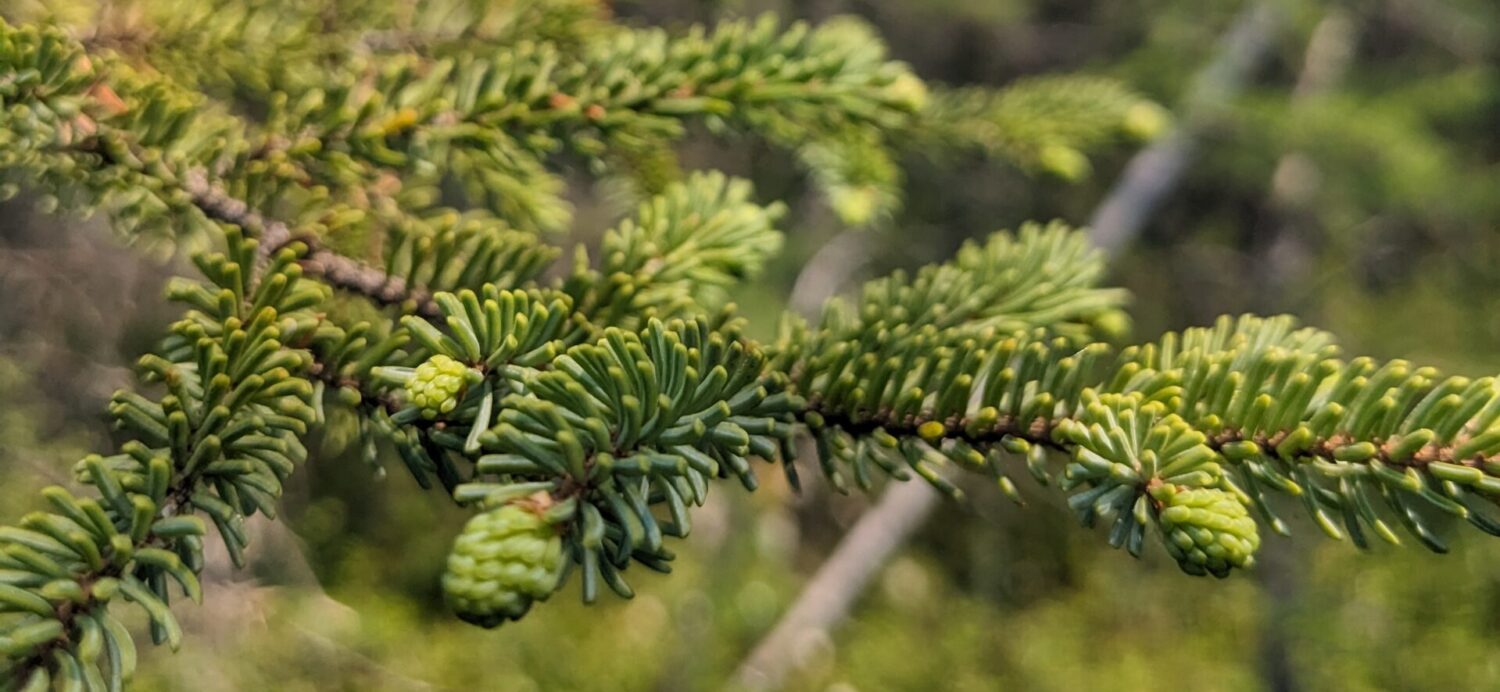When hiking through your local forest, you’ve no doubt come across a dead tree every now and then. But have you ever thought about the ecology of dead trees and the roles they play in a forest ecosystem?
In this article, I want to share some of those roles and by the end you will hopefully appreciate these valuable structures even more.
Dead Tree Dynamics
In my work as a forester, I am responsible for recording tree data for large areas in National Forests. That also includes data for standing dead trees (called snags).
Usually there are several categories of data I collect regarding dead trees:
- Tree Species
- DBH (diameter at breast height)
- Tree Height
- Wildlife Use
- Decay Class
When possible, assuming the tree has not decayed too much to hinder identification, I record the species of the dead tree. I also record the DBH and the height of the tree.
For Wildlife Use, I am looking for signs that wildlife are using the snag. Some of the signs include cavities, loose bark, foraging holes, or nests in the tree.
The Decay Class is a numerical classification (from 5, being recently dead with intact fine branches, to 1, which is little more than a soft stump) based on how much of the snag has broken down over time.

Among some species and forest types, it can take centuries for a tree to completely decompose. In the interim, many wildlife species will utilize the snag.
Wildlife Use
As trees age they become more and more susceptible to disease, fungus, and insects. Under such circumstance, the tree may decline slowly over several years or decades. Eventually, it is no long able to rebound and the energy required to fight off attacking agents prevents the tree from photosynthesizing.
In other cases, large-scale catastrophic events such as wildfire, tornado, or invasive insects can cause significant mortality in the forest over a very short period of time.
As a trees dies, burrowing insects may construct galleries in the cambium of the tree stem.

Once insects have moved in, birds will come to feed on the insects. Woodpeckers are some of the first birds to excavate cavities into dead trees in search of burrowing insects.
Woodpeckers also construct cavities in snags for nesting. Their nests have proven to be very effective as a means of protection against predation. According to Ken Bevis of Washington State’s DNR, woodpeckers have some of the highest fledgling rates among birds due to their nesting structures and the mother woodpecker’s ability to defend her nest.

Larger hollows that often develop before a tree dies can even provide habitat for mammals. A few years ago in Georgia’s Chattahoochee National Forest, I was climbing a remote ridge after a long day. When I looked up, I happened to see a large black snout poking out from a hollow in a chestnut oak.
The hollow was almost big enough to fit a car tire through and was located about 12 feet off the ground.
The snout belonged to a large black bear that quickly retreated back into the hollow, most likely picking up the smell of me approaching.
I cut a wide berth around the tree and made my way out of the forest, keeping an eye over my shoulder the whole time.
How Many Dead Trees Are Needed?
This is a difficult question to answer, but the idea is, to achieve ecological goals at least, we want to imitate the composition of old growth forests.
During the summer of 2022, I worked a contract in Hiawatha’s Dukes Experimental Forest, one of the few old growth forests on Michigan’s Upper Peninsula.
For that contract I recorded data for almost 6500 trees, over 500 of which were dead (approximately 8 percent). So a little less than 1 in 12 trees were dead.
This may be a reasonable target for the particular forest type found on the UP, dominated by sugar maple, hemlock, and yellow birch, but other forest types may have other requirements.
Between 5-8 trees per acre may be a useful target, depending on forest type and individual goals.
How to Imitate Dead Tree Structure on Your Property
If you want to provide habitat for species associated with dead trees in old growth structure, the easiest way is to leave dead trees standing.
However, when these trees are near homes and other buildings, that may not be viable. An alternative would be to remove the top portion of a dead or dying tree (preferably by a professional who is familiar with wildlife habitat structure), leaving the bottom 20-30 feet of the snag intact.
You may be surprised at the species that arrive to take advantage of the new habitat.
I’ve only covered a very small portion of the ecology of dead trees and the creatures that utilize them. Some species of fungus, moss, and other wildlife all use dead tree structure at some point in their life cycles.
Do you have experience with dead trees or their benefits for wildlife? Share below, I’d love to hear about it!

